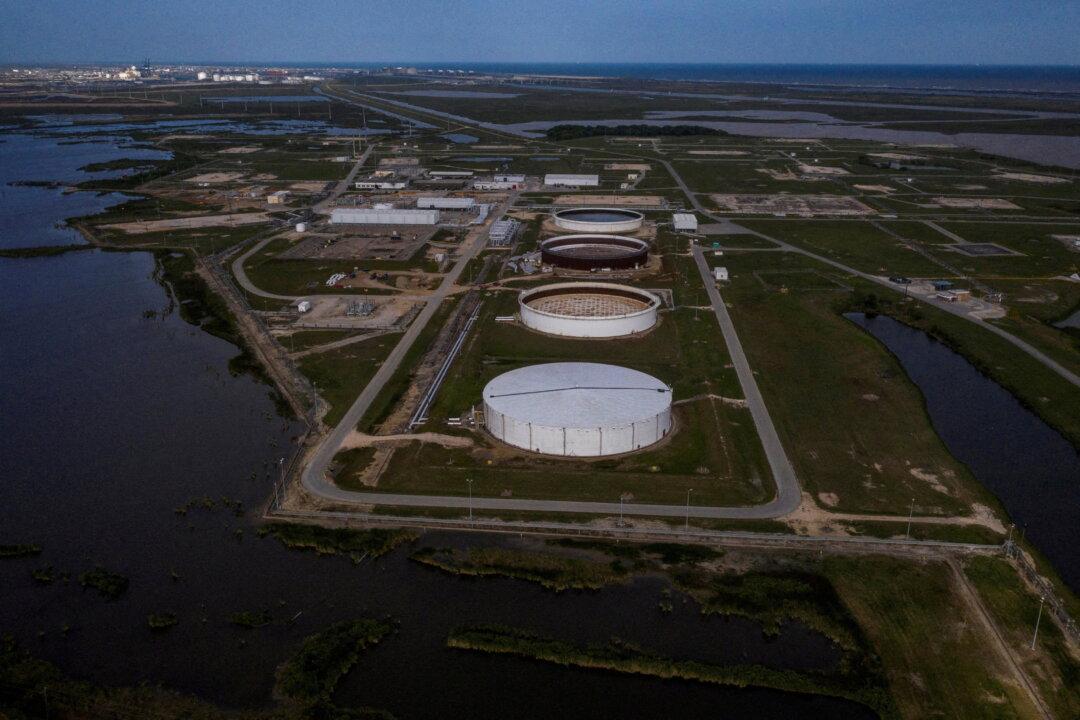In August, oil production in the United States rose to its highest level of output since the start of the COVID-19 pandemic, according to the U.S. Energy Information Administration (EIA).
Oil output in August 2022 was at nearly 12 million barrels per day (bpd), the latest data from the EIA shows. This is up 6.2 percent from the 11.3 million bpd output in August 2021. It is also the highest level since March 2020 when the COVID-19 pandemic began to spike. On a monthly basis, the August output was 0.9 percent higher than the previous month.





